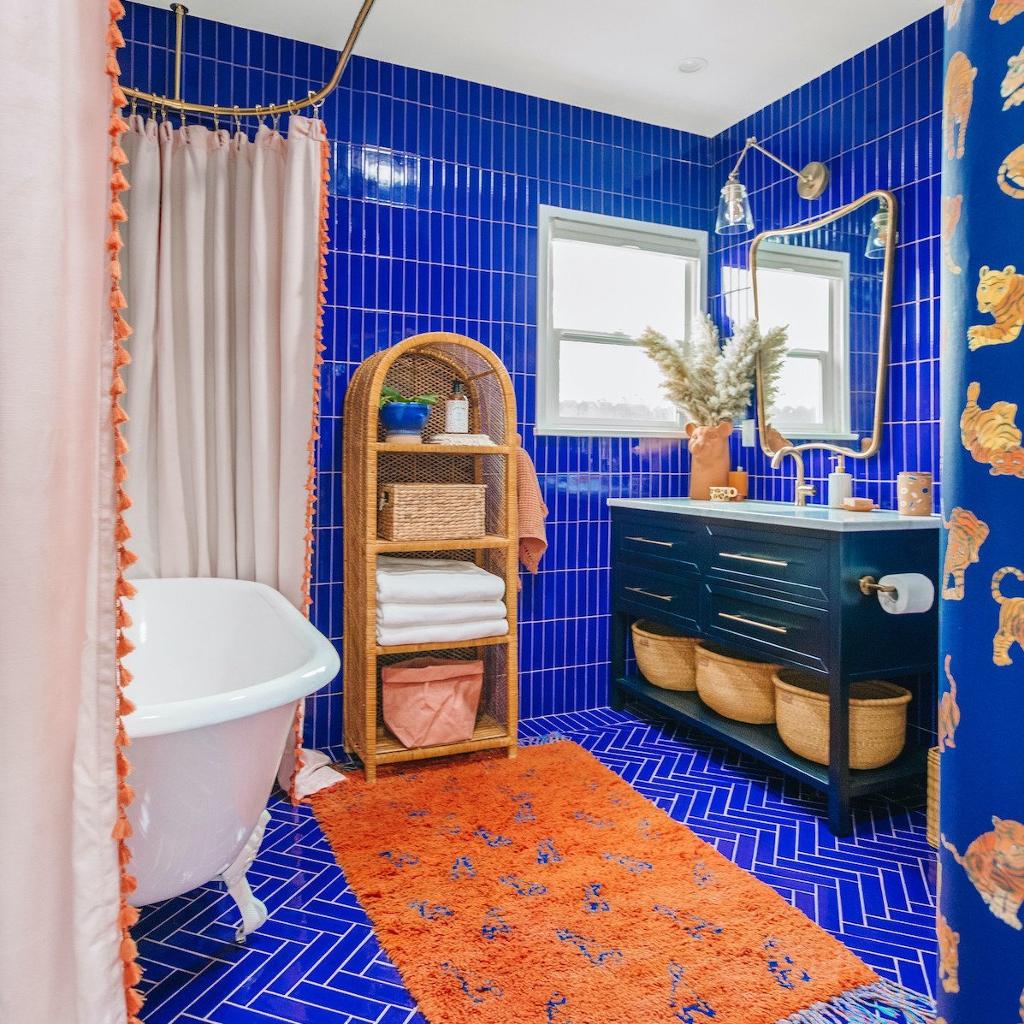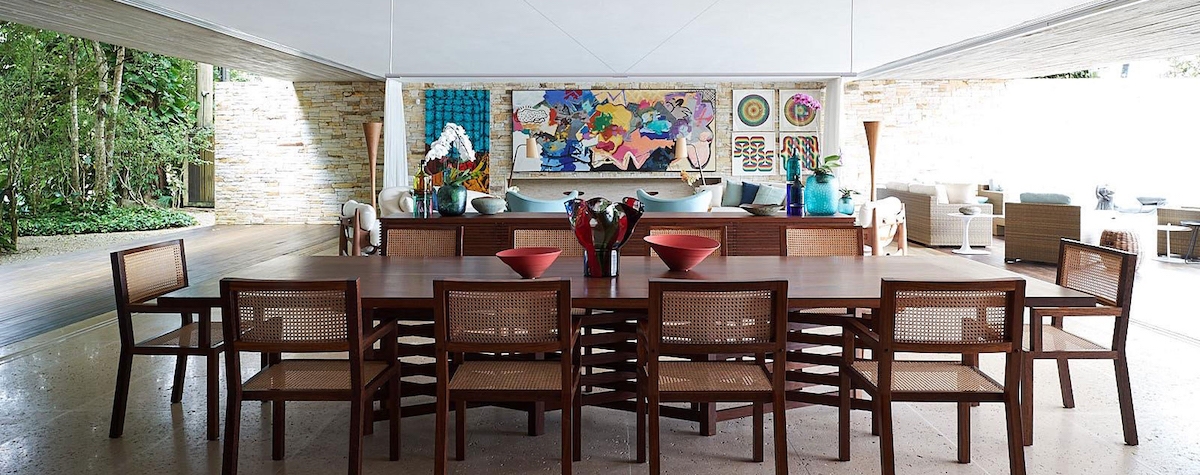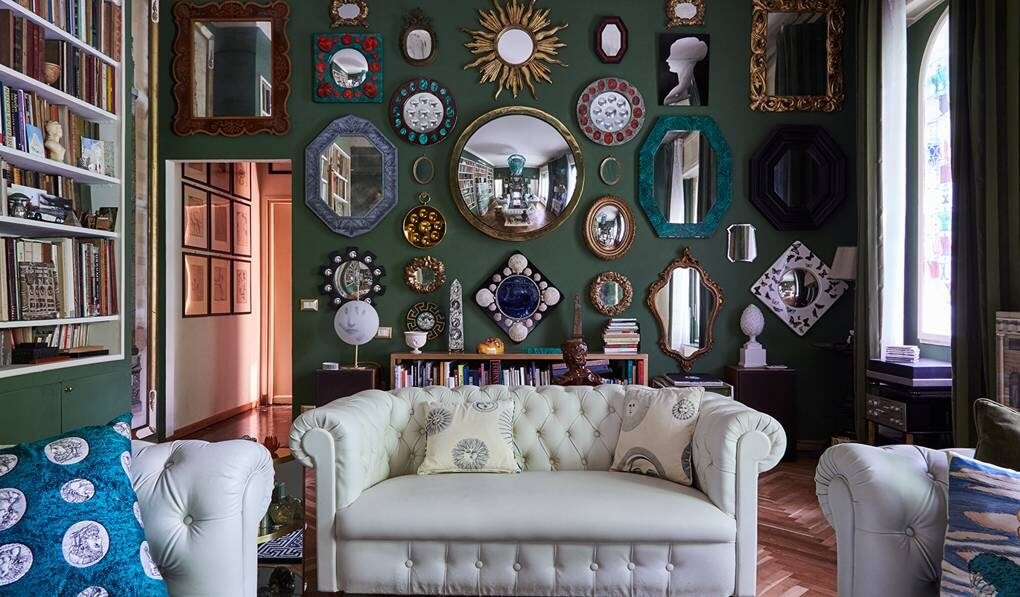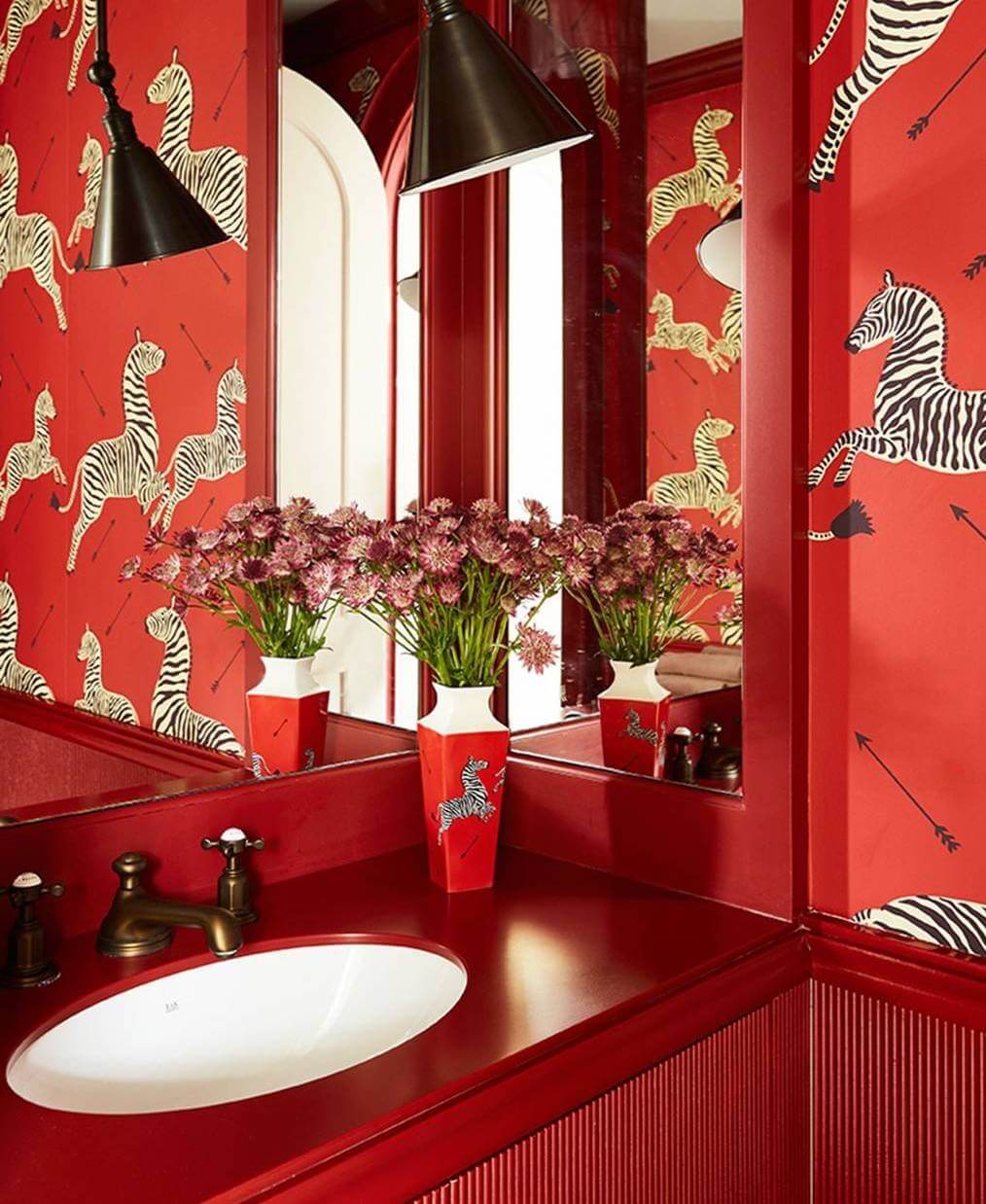
More Is More: The Flamboyant Appeal of Maximalism
In a world that has reduced the clutter of life to the bare essentials, all in the pursuit of the clean lines of aesthetic Minimalism, what gives for those of us with a more naturally flamboyant edge? Opulence, indulgence and sumptuousness were once bywords for luxury, not just in terms of interior design, but across the lifestyle spectrum – from food and drink to fashion. And, though the world has become admirably more environmentally conscious and more generally humble in its minimalistic approach to serving the self, isn’t there yet a place for the bold, brash, clashing spectacle of Maximalism?
A brief overview of artistic Maximalism
Minimalism was no doubt courageous in its stripping away of excess as a means of demonstrating the beauty of function – what’s widely known as “form follows function.” It has certainly maximised our ability to explore essential characteristics of production, such as sustainability, purpose and usefulness. Yet, amidst all that exploration, some artistic producers – arguably those of rather busier brains or, at least, more rapid-fire ones – came to view Minimalism as lacking in one very clear essential characteristic: excitement.
With a dearth of stimulus, they argued through their work, came boredom, rigidity and an almost inhuman dispassion that reduced our ability to express our individuality. Only through showiness, elaboration and detail could we truly demonstrate the recesses of our personalities and battle against the onset of bland compliance to the mainstream.
So, in literature, authors like Thomas Pynchon and David Foster Wallace began to digress and elaborate at length. Entire novels would be built around offshoot ideas, over-the-top flights of fancy and the notion that, in a world where it’s hard to tell what’s real and what’s not, you have to dump everything on the page and give equal attention to it all.
In popular music, virtuoso ironists like Frank Zappa, Aaron Freeman (aka Gene Ween), Phish and Beck threw everything but the kitchen sink into their music, fusing everything from doo-wop, soul and funk to country, classical and heavy metal. Harmonic complexity, piling-up of stylistic tropes and bold juxtapositions became their preferred modes of Maximalist expression.
Meanwhile, in the visual arts, Neo-Expressionists like Peter Booth, Rémi Blanchard, Marlene Dumas and David Hockney blasted out of the 1970s with reactions against conceptual art and geometric Minimalism that returned to portrayals of recognisable objects – portraits, landscapes and still lifes – though expressed roughly, vividly and with an almost violent approach to tackling whichever medium they worked in.

Interior design by Sig Bergamin
Maximalist Architecture
As with the vast majority of artistic movements, Maximalism has, of course, gained ground in the field of architecture. A postmodern approach that enriches the world’s landscapes with dramatic geometry, bold colours and a playful approach to form, Maximalist architecture warps the clean lines of Minimalism and makes our skylines a veritable rollercoaster ride of fantastical, eye-catching designs. Proponents of Maximalist architecture like Swedish architect Gert Wingårdh, Brazilian ‘rock-star’ architect Sig Bergamin and ‘Miami Modernist’ Morris Lapidus have re-beautified functionalism in building design, imbuing it with personal flourish and emotional resonance, and helping to return to architecture a uniqueness almost lost to the homogenising impact of function-as-form Minimalism.
This neo-Romantic, neo-Expressionist mélange of building styles will hopefully give homeowners and home buyers with a somewhat more dramatic outlook on life the opportunity, once again, to find newly constructed dwellings within which they feel truly at home. No longer will they be left with the choice of either an old, draughty (but beautifully opulent) neo-Gothic-or-earlier building or a newly built, personality-free white box construction. Maximalist architecture, should it take hold as the 21st Century unfurls, will return to house hunting the chance to find something both new and truly bedazzling.

The music room in Barnaba Fornasetti's Milan house
Maximalist Interior Design
A couple of years ago already, many of the world’s most respected style publications were talking about Maximalist interior design as the answer to Minimalism. Whenever the field of popular interior design takes on the aesthetic of a particular artistic movement, it tends to mean that it has finally reached mass appeal. And, in 2018, “more is more” finally became the new “less is more” in terms of the way we decorate our homes.
As the 2010s make way for the 2020s, this trend of eclecticism, bohemianism, clutter and colourful loudness continues to grow. Now, even the Washington Post is giving its mainstream, middle-class readership base advice on how to mix colours, patterns, textures, cultures, shapes and eras to excessive, opulent perfection – if ever there was a sign that Maximalism is here to stay, at least for a good few years, that is it.
So what does Maximalist interior design look like? Well, apart from it being about surrounding yourself with the things you love in unlimited quantities, it’s all about hitting that unmute button and letting the loudness back in. Terrazzo flooring is back. Barbershop red and blue is back. Patterned furniture is back. Coloured Corian® is here to stay. You can clash to your heart’s content in an 80s-inspired wonderland of primary colours and elaborate textures.
Designers like Sasha Bikoff, Bethan Laura Wood and Luke Edward Hall are paving the way for a new generation of attention-grabbing, peacocking, self-rewarding individualists to treat themselves to the home designs they feel they deserve. Sure, environmentalism, sustainability, organics and social responsibility all play a part in their respective approaches – yet never at the unnecessary expense of joy and expressiveness. It’s a truly inspiring time for those among us who’ve been sitting patiently in our cocoons, ready to burst out and spread our interior design wings in full colour.

Bathroom of a London house designed by Beata Heuman
So what are you waiting for? Time to start ordering those colour swatches for a truly Maximalist 2021.
Main picture: Kid's bathroom by Studio DIY